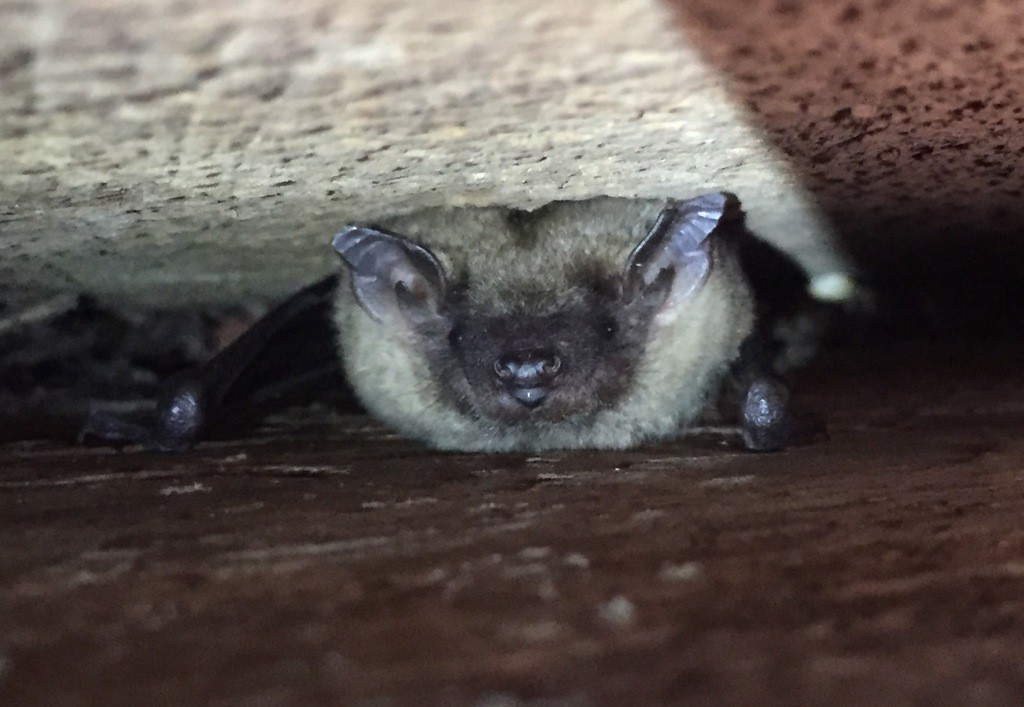Evening bat
A species of Evening bats Scientific name : Nycticeius humeralis Genus : Evening bats
Evening bat, A species of Evening bats
Scientific name: Nycticeius humeralis
Genus: Evening bats
Content
Description People often ask General Info
Description
A small and abundant bat, the evening bat rarely enters caves and is mostly found in urban environments. It is believed that the species migrates to the south, but it's known as a relatively slow flier. In many localities, it is considered threatened or endangered due to the fungal disease known as “white-nose syndrome.” It feeds on insects, particularly beetles, regulating insect populations.
People often ask
General Info
Lifespan
2-5 years
Diet
Evening bat mostly survives on an insectivorous diet, specifically favouring moths, flies, beetles and wasps. Precise hunting methods allow it to capture prey mid-flight during nocturnal foraging.
Appearance
Evening bat is a medium-sized bat with a robust body. Its dense fur is glossy and ranges from reddish-brown to dark brown, lighter on the underparts. It has broad, black wings and a short tail. Facial features include small eyes, a broad nose, and large ears. No significant differences exist due to age, gender, or subspecies.
Behavior
Evening bat is a nocturnal species, chiefly known for its feeding behavior. Like other bats, it uses echolocation to find and capture insects during flight, mainly in forested habitats. Evening bat is a largely solitary creature, but socializes during roosting periods in maternity colonies. Unlike many bats species, evening bat does not exhibit migratory behavior.
Population
Stable
Scientific Classification
Phylum
Chordates Class
Mammals Order
Bats Family
Evening birds Genus
Evening bats Species
Evening bat 